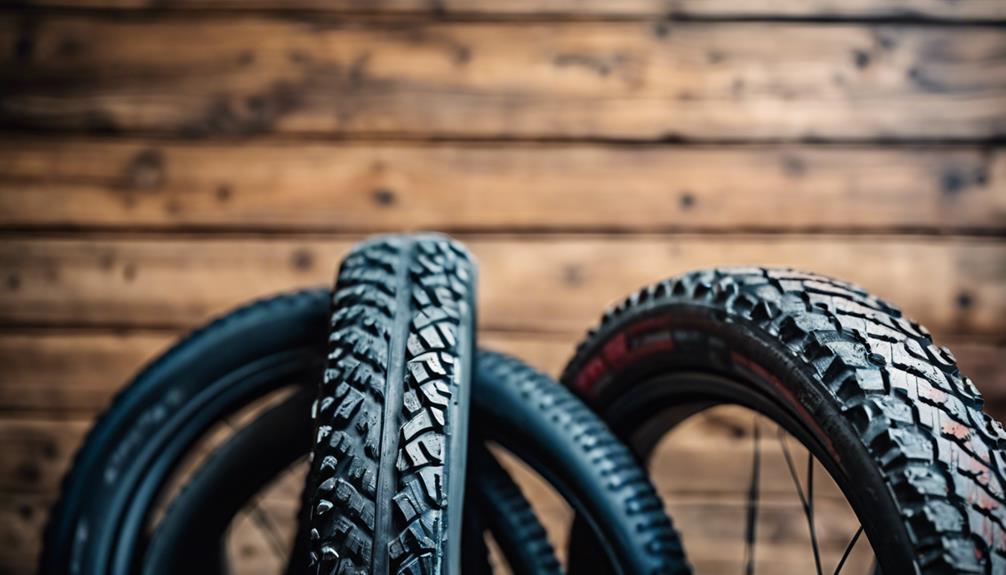Cycling has surged in popularity over the years as a versatile and healthy mode of transportation and recreation. For enthusiasts, selecting the right cycling bike is crucial to enhance their riding experience. This comprehensive guide will explore the different types of cycling bikes, their unique features, and factors to consider when making a choice. Whether you are a beginner or an experienced cyclist, understanding the landscape of cycling bikes will help you make an informed decision.
Understanding the Different Types of Cycling Bikes
When it comes to bicycles, one size does not fit all. Different cycling disciplines require different types of bikes, each designed with specific features to optimize performance and comfort. Below are the main categories of cycling bikes:
- Road Bikes: These bikes are designed for speed and efficiency on paved surfaces. They typically feature lightweight frames, thin tires, and a streamlined design.
- Mountain Bikes: Built for off-road cycling, mountain bikes have sturdy frames, wide tires, and suspension systems to absorb shocks from rough terrain.
- Hybrid Bikes: Combining features of road and mountain bikes, hybrids are versatile and suitable for city commuting and light trail riding. They offer a comfortable riding position and can handle a variety of surfaces.
- Cruiser Bikes: Known for their stylish designs and comfort, cruiser bikes are ideal for casual rides on flat terrain. They usually come with wide tires and a relaxed seating position.
- Electric Bikes (e-bikes): Equipped with a battery and motor, e-bikes provide assistance while pedaling, making them an excellent option for those who may struggle with traditional cycling.
Key Features to Consider When Choosing a Cycling Bike
Before making a purchase, it’s important to evaluate the following features, as they can significantly impact your cycling experience:
1. Frame Material
The frame material determines the bike’s weight, durability, and ride quality. Common materials include:
- Aluminum: Lightweight and cost-effective, aluminum frames are popular for road bikes.
- Carbon Fiber: Known for its high strength-to-weight ratio, carbon fiber offers excellent performance but at a higher price point.
- Steel: Renowned for its durability and comfort, steel frames are often favored by touring and commuter cyclists.
2. Gearing System
The gearing system affects the bike’s performance on various terrains. Bikes can have:
- Single Speed: Ideal for flat terrains and urban commuting.
- Multi-Speed: Offers a range of gears for tackling hills and varied landscapes.
- Internal Hub Gears: Enclosed gears that require less maintenance and provide smooth shifting.
3. Wheel Size
Wheel size plays a significant role in handling and comfort:
- 26-inch Wheels: Common on mountain bikes, offering maneuverability and stability on rough terrain.
- 27.5-inch Wheels: A middle ground that balances speed and control.
- 29-inch Wheels: Larger wheels that roll over obstacles more easily, ideal for long-distance mountain biking.
- 700c Wheels: Standard for road bikes, designed for speed on paved surfaces.
4. Suspension Type
Suspension systems are vital for comfort, especially in mountain biking:
- Hardtail: Features front suspension only, making it lighter and more efficient for climbing.
- Full Suspension: Offers both front and rear suspension for maximum control and comfort on rugged trails.
Evaluating Your Riding Style and Needs
Understanding your personal riding style is essential when selecting a bike. Here are some questions to consider:
- What type of terrain will you be riding on most often?
- Will you use the bike for commuting, recreational riding, or competitive racing?
- What is your budget for purchasing a cycling bike?
- Are you looking for a bike that requires minimal maintenance?
Answering these questions will help narrow down your options and guide you to the most suitable bike for your needs.
Case Studies: Real-Life Examples of Cycling Bike Choices
Let’s take a look at a couple of case studies that illustrate how different cyclists chose their bikes based on their specific needs:
Case Study 1: Commuter Cyclist
Emily, a city dweller, commutes 10 miles to work daily. She needed a bike that could handle urban roads and occasional light trails. After researching, Emily decided on a hybrid bike with a lightweight aluminum frame, 700c wheels for speed, and a comfortable seating position. The bike also featured a multi-speed gearing system, allowing her to tackle the city’s hills with ease. This choice has made her daily commute enjoyable and efficient.
Case Study 2: Weekend Mountain Biker
John, an avid outdoor enthusiast, enjoys weekend mountain biking with his friends. He needed a bike that could handle rugged trails and steep climbs. After testing several models, he opted for a full-suspension mountain bike with a carbon fiber frame and 29-inch wheels. This setup provided him with excellent stability and comfort on rocky terrains, enhancing his overall experience during group rides.
Statistics and Trends in Cycling
To further understand the cycling landscape, consider the following statistics:
- According to the Outdoor Industry Association, 47 million Americans participated in cycling in 2020, reflecting a 10% growth from 2019.
- The National Bicycle Dealers Association reported a 30% increase in bike sales during the pandemic, indicating a growing interest in cycling as a recreational activity.
- In Europe, cycling is projected to grow by 25% by 2030, driven by factors like environmental concerns and urban mobility needs.
Conclusion: Making the Right Choice for Your Cycling Journey
Choosing the perfect cycling bike can significantly enhance your riding experience, whether you’re commuting, exercising, or exploring new trails. By understanding the different types of bikes, their features, and your personal needs, you can make an informed decision that aligns with your cycling goals.
Remember to consider factors such as frame material, gearing system, wheel size, and suspension type. Additionally, drawing insights from real-life cyclists can provide valuable context for your choice. As cycling continues to grow in popularity, the options available will only expand, offering something for everyone.
So, whether you are a seasoned cyclist or just starting, the right bike is out there waiting for you. Embrace the journey and enjoy the ride!
